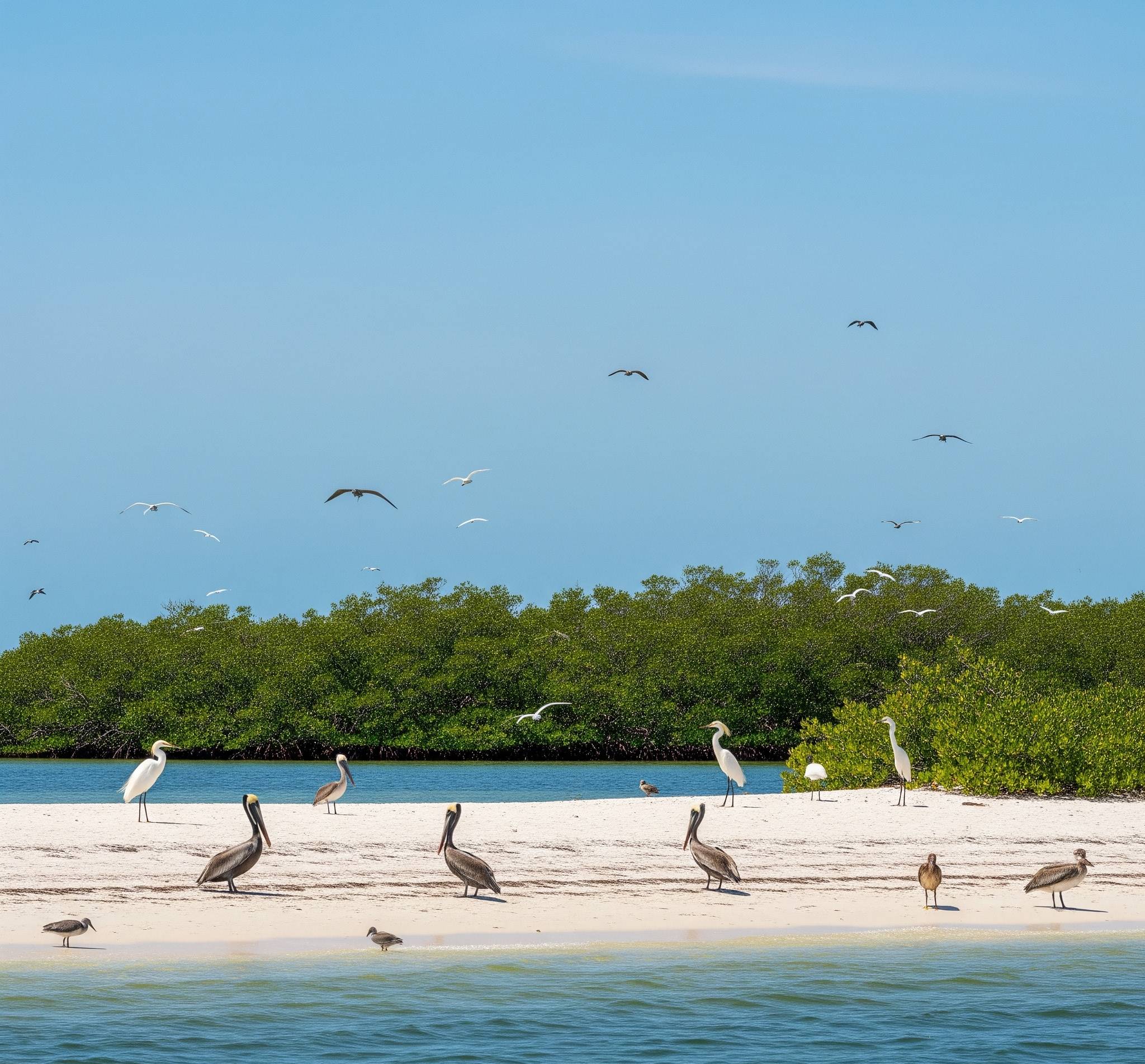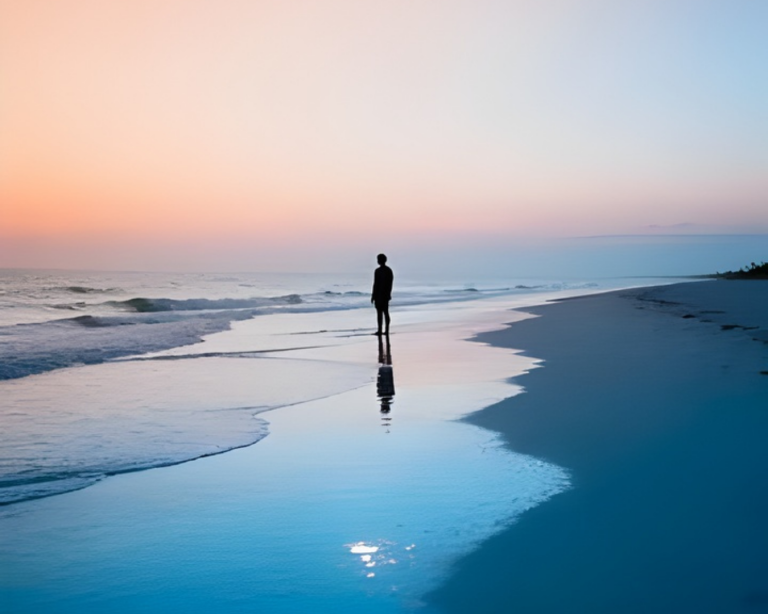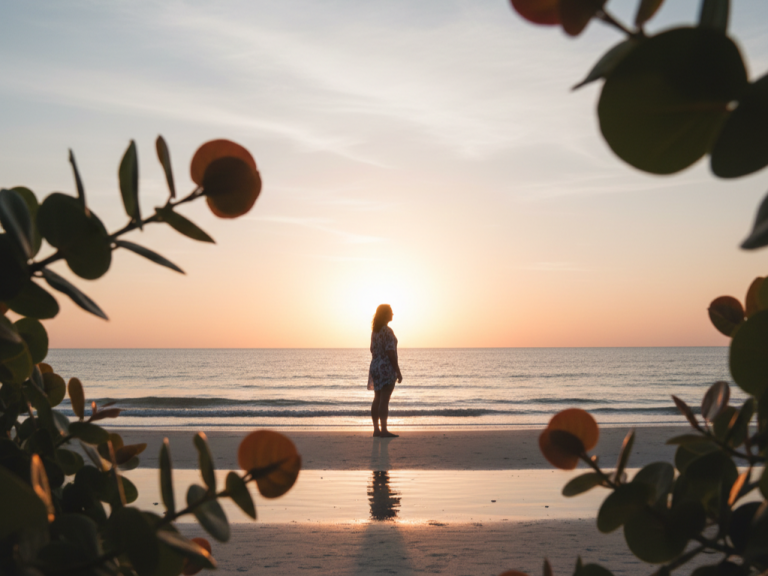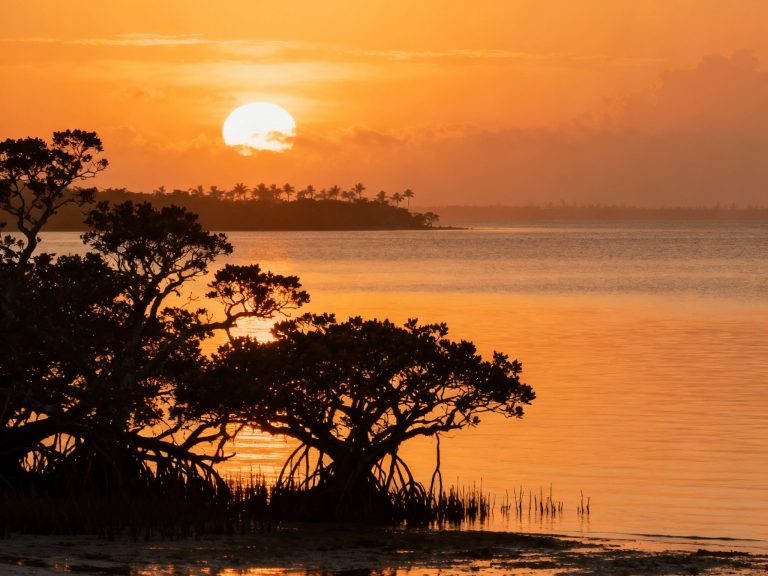Sanibel isn’t just beautiful — it’s protected. With over 60% of the island set aside as conservation land, this small coastal town has made big choices to keep nature at the heart of everything.
Sanibel Island is more than just a scenic beach town — it’s a leading example of coastal conservation. With over 60% of its land permanently protected, Sanibel has made preserving nature part of its identity. From the vast wildlife refuge to strict building regulations, every decision reflects a deep respect for the island’s ecosystems. This article explores how Sanibel became a model of environmental balance, where people and wildlife thrive together.
The Origins of Conservation in Sanibel
Sanibel Island’s journey toward conservation began in 1945 when President Harry S. Truman issued an Executive Order to create the Sanibel National Wildlife Refuge, aimed at conserving valuable wildlife habitat — especially for migratory birds — on what was then a largely undeveloped barrier island.
This initiative was championed by Jay Norwood “Ding” Darling, a Pulitzer Prize–winning cartoonist turned conservationist, who actively campaigned to prevent environmentally valuable land from falling into developers’ hands. In 1967, the refuge was renamed in his honor, cementing his legacy in preserving Sanibel’s natural heritage.
However, the island faced increasing pressure from development in the 1960s. Following the opening of the Sanibel Causeway in 1963, tourism and construction boomed — prompting local opposition. In December 1974, residents successfully voted to incorporate the City of Sanibel, and soon after adopted stringent zoning laws and building restrictions to limit high-density development and preserve the island’s character.
These early conservation efforts — from federal refuge establishment to local land-use planning — laid the foundation for why over 60% of Sanibel Island remains protected land today. They reflect a community commitment to preserve biodiversity, scenic beauty, and a peaceful way of life.
Areas That Are Protected
Sanibel Island is home to one of the largest stretches of protected land in coastal Florida. Over 60% of the island is designated as conservation land, and this includes federal wildlife refuges, non-profit conservation areas, and strict zoning limitations that prevent overdevelopment.
The largest and most well-known protected area is the J.N. “Ding” Darling National Wildlife Refuge, which covers over 6,400 acres (≈2,590 hectares). It provides a safe habitat for more than 245 species of birds, as well as alligators, otters, sea turtles, and native mangrove forests. The refuge is open to the public and offers educational programs, wildlife drives, and kayak trails.
Other protected zones include:
- SCCF (Sanibel-Captiva Conservation Foundation): Manages hundreds of acres of land for ecological research and habitat restoration.
- Bailey Tract: A lesser-known but accessible wildlife area within the refuge system.
- Sanibel Gardens & Native Vegetation Zones: Protected under city ordinances to maintain biodiversity even in residential zones.
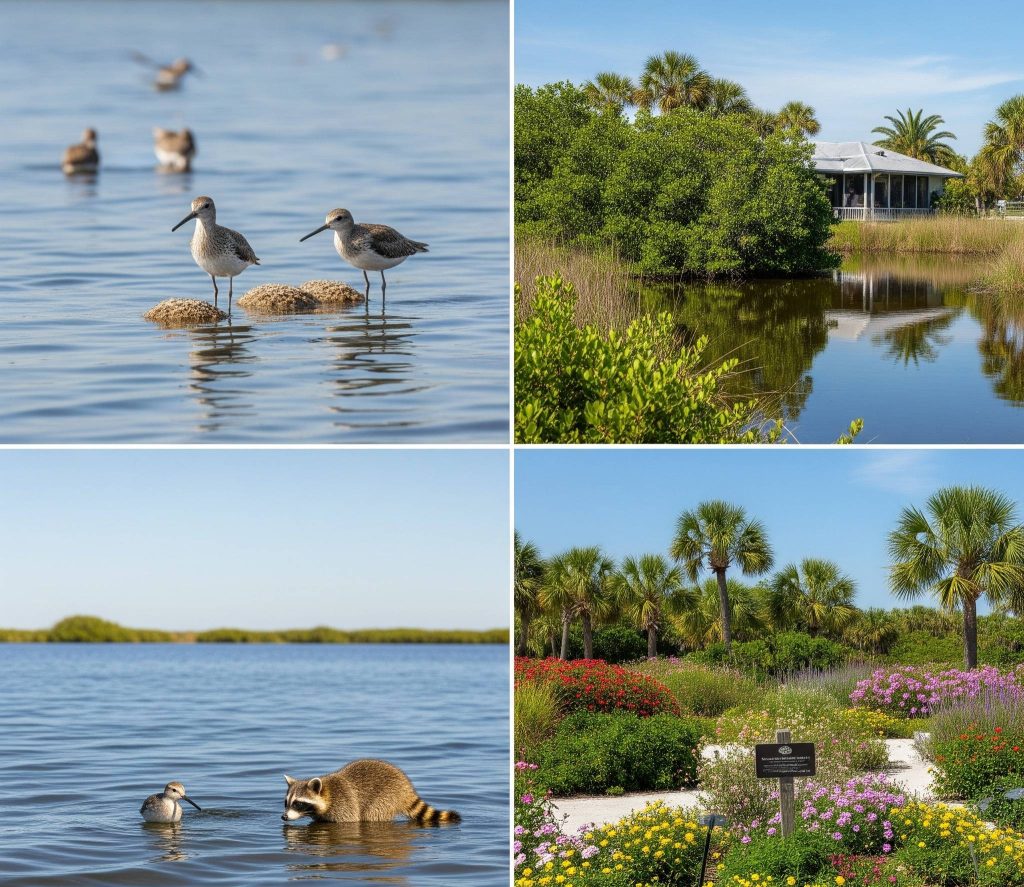
These areas not only preserve wildlife but also act as natural storm buffers, water filters, and vital green spaces — helping Sanibel stay resilient and environmentally sustainable.
Why Sanibel Chose Preservation Over Expansion
Unlike many beach towns that embraced development, Sanibel chose to protect nature. When the Sanibel Causeway opened in 1963, growth seemed inevitable — but locals pushed back. In 1974, they formed their own city government, passed strict zoning laws, banned high-rises, and limited commercial expansion.
Today, Sanibel remains peaceful and natural — no traffic lights, no fast food, and no billboards — just a community built on conservation.
How These Protections Shape Life on the Island
Sanibel’s strong conservation policies don’t just protect nature — they shape how people live, move, and connect with their surroundings. The absence of high-rise buildings means more open skies and sunset views. With no traffic lights, daily life moves at a slower, more mindful pace.
Biking isn’t just a recreation; it’s a way of life. Locals and tourists alike use more than 25 miles of shared-use bike paths to explore without disturbing wildlife. The island’s building restrictions also mean fewer crowds, limited commercial activity, and a quieter atmosphere — things that have become rare in many beach towns.
Even residential areas must follow native vegetation rules, making the entire island feel like part of a larger nature reserve. Living in Sanibel isn’t just about location — it’s about living in harmony with the environment.
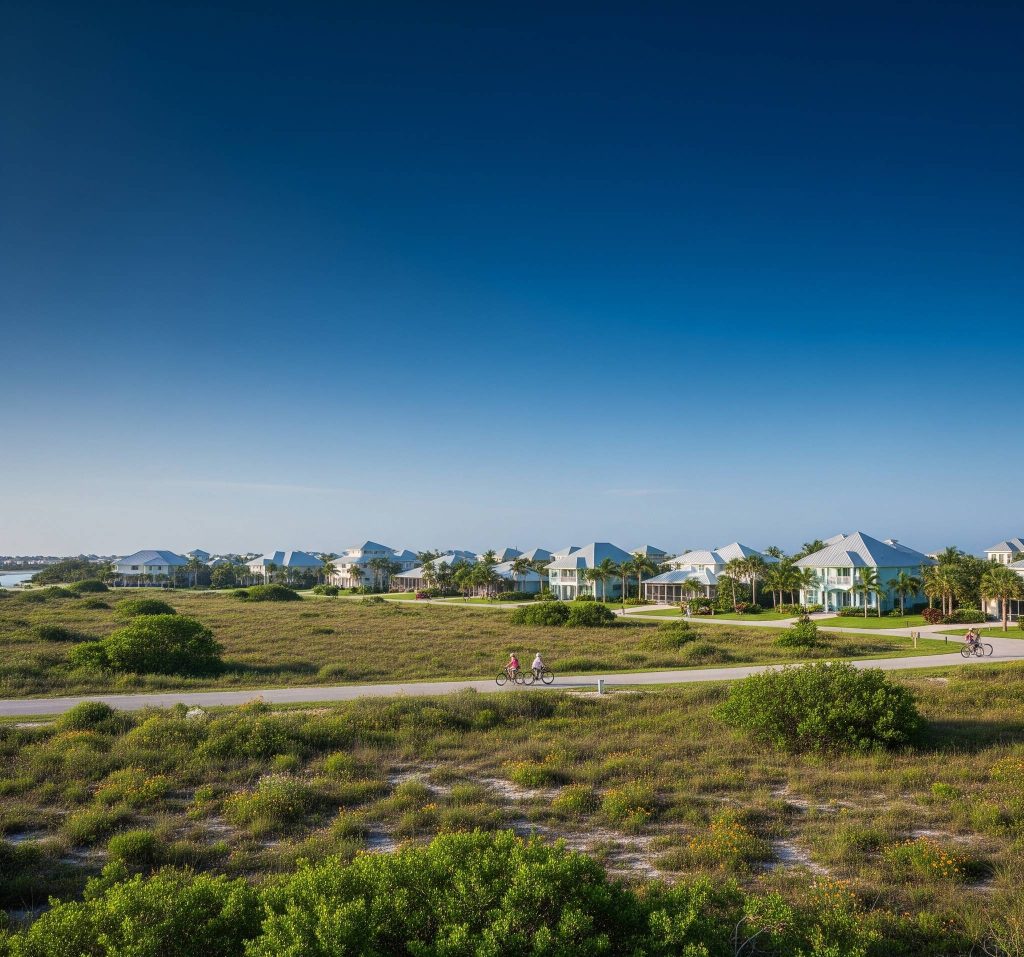
The Benefits of Sanibel’s Protected Lands
Sanibel’s protected lands offer more than beauty — they provide critical wildlife habitat, protect the island from storms, and support a quiet, sustainable way of life. These green spaces attract nature lovers, boost eco-tourism, and help preserve Sanibel’s identity as a peaceful, natural retreat.
Challenges & Ongoing Efforts
While Sanibel has made great progress in conservation, it still faces serious challenges. Hurricanes, climate change, invasive species, and tourism pressure all threaten the fragile balance between nature and development.
In response, the community continues to invest in habitat restoration, environmental education, water quality monitoring, and collaborations with scientists and nonprofits. From rebuilding mangroves after storms to protecting sea turtle nesting grounds, Sanibel’s efforts are ongoing — and require constant care.
Conclusion: What This Means for the Future of Coastal Communities
Sanibel Island shows that protecting nature doesn’t mean sacrificing progress — it means redefining it. By prioritizing conservation, Sanibel has created a livable, resilient, and attractive community for both residents and visitors.
Its success offers a valuable lesson for other coastal towns: that with vision, local leadership, and smart planning, it’s possible to balance nature and growth. As sea levels rise and environmental concerns grow, Sanibel’s model may become not just admirable — but essential.
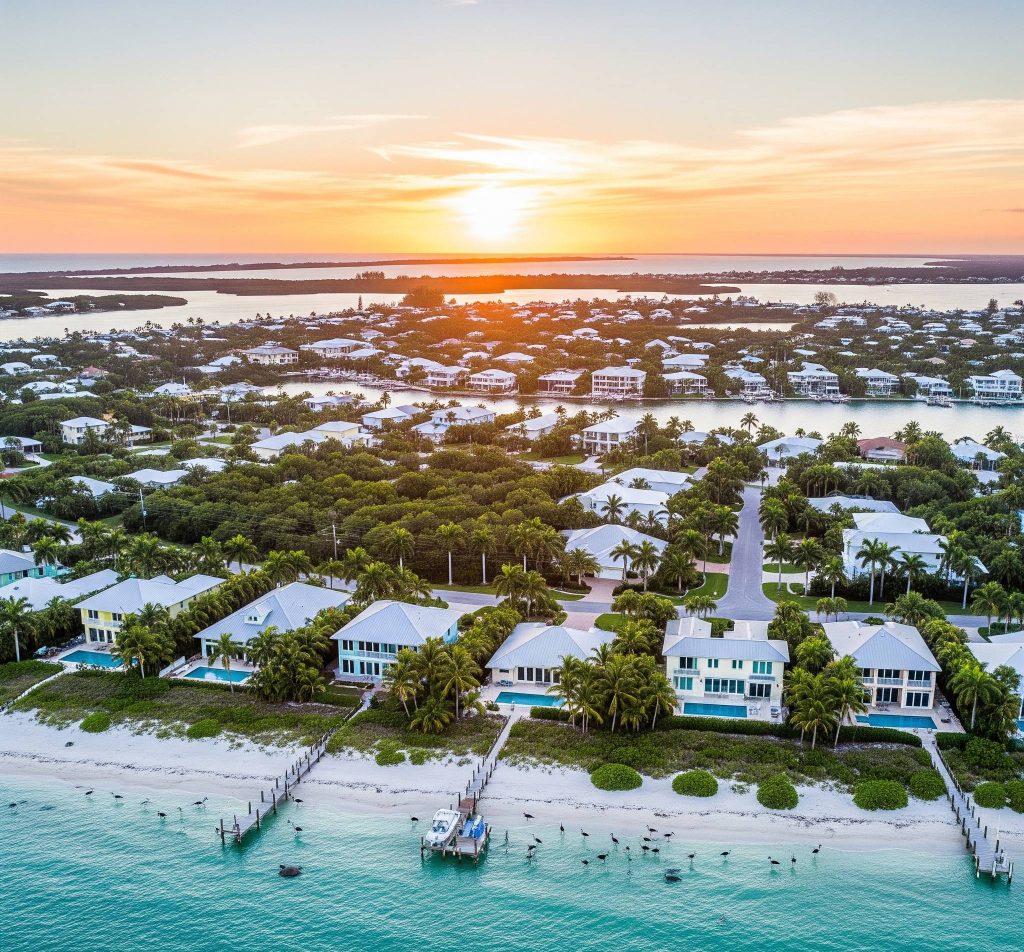
💬 What do you think about Sanibel’s approach to conservation?
Have you ever visited a place that values nature this
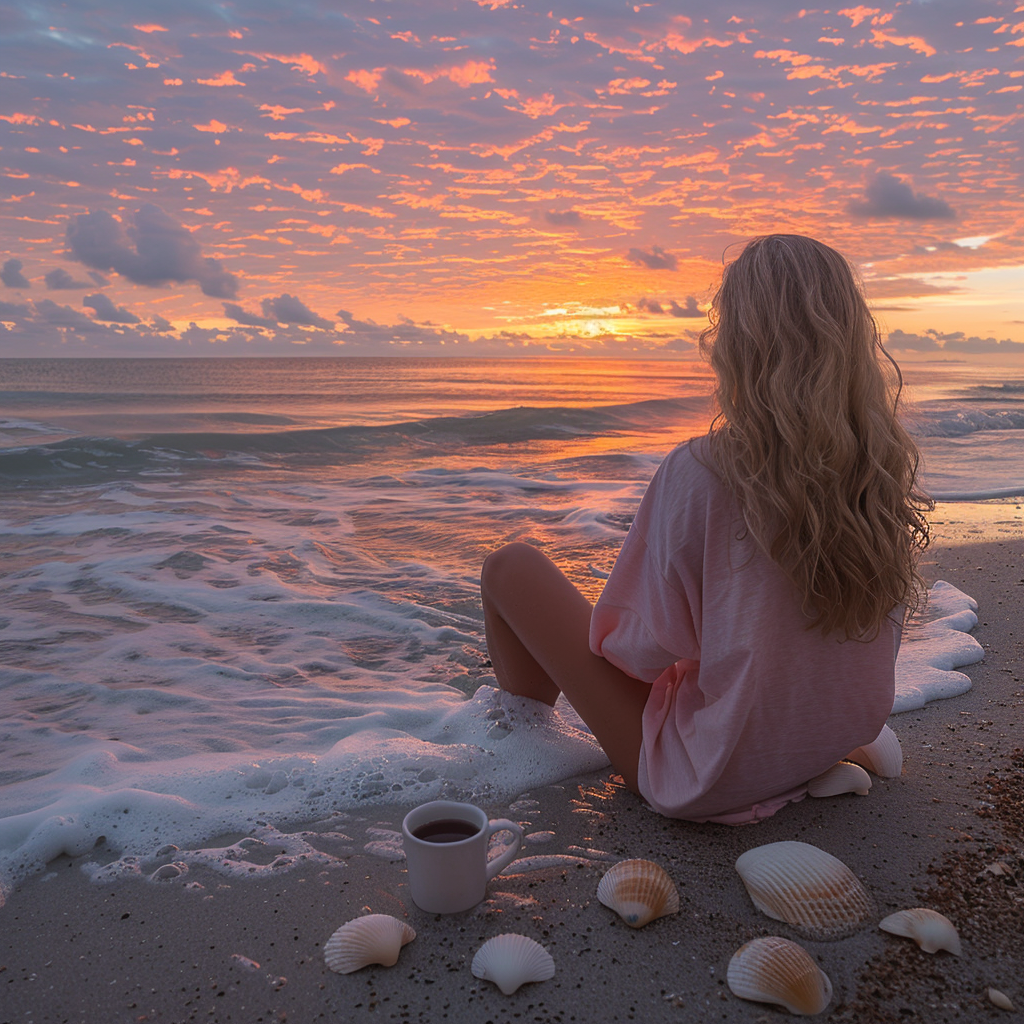
I’m Ayla Wolesky, and I’ve spent years exploring every corner of Sanibel Island. From its pristine beaches to the hidden gems only locals know about, I’m passionate about sharing everything this beautiful island has to offer. Whether it’s the best spots for shelling, the wildlife that makes Sanibel so special, or where to enjoy a perfect sunset, I’ve got you covered. My goal is to provide insider tips and up-to-date information that will help you experience Sanibel Island like never before.


